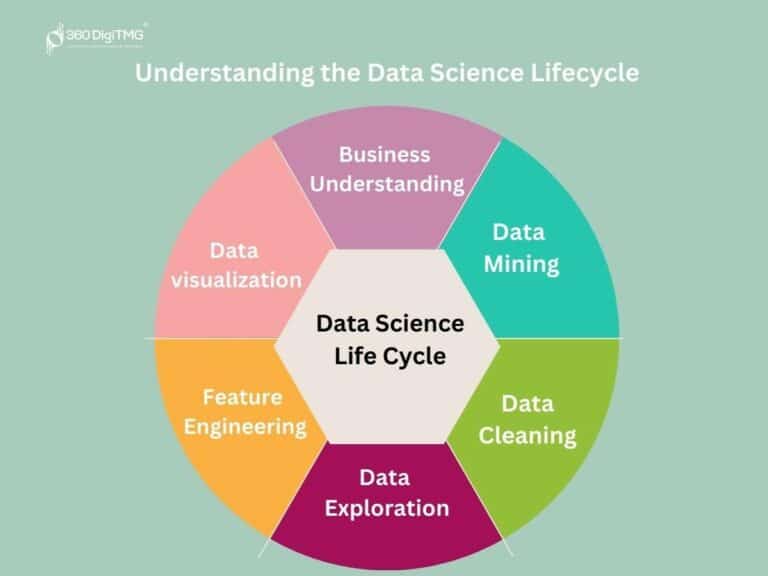Jobs in quality assurance are necessary for assuring a product’s technical qualities and discovering bugs and errors in software. QA testing, in contrast, cannot analyze if the final product aligns with the business goals or can perform essential jobs in real-world conditions. User acceptance testing ensures that the developers build the appropriate product for the right people.
The process of user acceptance testing is considered to be one of the best for the endpoint of product success. The words end-user testing and validation are all used to describe the same thing. In quality assurance, it’s vital to understand the difference between validation and verification. Verification is a general term for quality assurance approaches that look into a product’s technical qualities to make sure it functions properly. Validation, often known as testing or critical testing by certain developers, guarantees that the solution fulfills business requirements and can be used by the end-user.
What does UAT stand for?
The primary purpose of acceptance testing is to guarantee that the product fulfills user requests (as defined in the stage of product discovery) and is set to be launched. According to research on UAT usage, greater than 75% of respondents said many rounds of end-user testing are done, with 57% mentioning poor quality as the cause.
Examine the product specs and make a list of the most important deliveries.
The analysis of product requirements is the initial step in UAT planning. The main source of input data would be the document for software requirements, which covers the whole range of business and operational requirements. Business needs are high-level goals that convey business demands in your firm. Customers should, in theory, be able to employ a variety of payment methods.
End-user testing can be done at any time and in any format.
Depending on the technique you’re using, enterprise test automation might happen at different phases of the project, although it’s usually done near the conclusion of the development cycle before release. Since Waterfall and Agile are two of the most prominent project management approaches in software development, UAT process is done considering these approaches.
Users should be recruited, and a UAT team should be formed.
Your existing user base may be used to find testers. Subject matter experts, real-world users of the product, stakeholders, business analysts, product owners, or the client, depending on the project’s characteristics. You may also engage a freelance user-testing professional or use crowd-sourcing tools to find testers.
Onboard testers and employ end-user testing tools.
Of course, there is particular equipment built for end-user testing on the market. Testing management features like reporting and understanding task overview. It also includes testing documentation templates that are included in the most popular solutions.
Conclusion
Opkey is a popular platform for giving visual feedback on the software and web-based applications that have been evaluated. It’s essentially a tool that allows users to flag issues on the screen, offer comments and ideas, and exchange feedback. Since Opkey’s platform is no-code, any worker with or without technical or non-technical to automate tests.












